Optimizing Your Cloud Resources, Part 2: Resource Management via IBM Cloud Projects
A collection of configurations used to organize and manage the Infrastructure as Code (IaC) deployments and related resources across multiple accounts.
Join the DZone community and get the full member experience.
Join For FreeIntroduction to IBM Cloud Project
IBM Cloud projects are a collection of configurations used to organize and manage the Infrastructure as Code (IaC) deployments and related resources across multiple accounts. Projects use Schematics workspaces to store the Terraform state for each configuration and to run the automation. These workspaces are located in the region and resource group you specify when creating the project. Designed with an IaC and compliance-first approach, Projects ensure management, security, and compliance are always maintained. Projects include various tools for compliance, security, and cost, as well as tracking configuration versioning and governance.
Features of IBM Cloud Projects
Below are the key attributes of IBM Cloud Projects that demonstrate how you can leverage projects to meet your business requirements.
- Projects allow automated IaC deployment across accounts.
- Projects enable you to organize and manage configurations across environments using a single interface.
- Projects manage the lifecycle of your infrastructure. This helps you manage, track, maintain, and clean up your infrastructure.
- Projects run security and compliance checks to ensure that your IaC deployable architecture meets its claimed compliance.
- Projects enforce governance on IaC configurations by ensuring that all configuration changes are tracked. It has its own configuration storage and validation pipelines to support project governance.
- Projects automatically tag-created resources that help in cost management and various reporting tasks.
Work With IBM Cloud Projects
You can deploy a deployable architecture from the IBM Cloud catalog using IBM Cloud Projects and customize their configuration. You can also work with Projects using the Project API. Projects are managed by IBM Cloud Identity and Access Management (IAM). Hence you need permission to create a project and to create the associated project tooling resources within the account.
Projects Workflow
The diagram illustrates the workflow a user would follow when working with projects.

Source: IBM Cloud
The following are the steps required to deploy with IBM Cloud Projects:
- Choose the deployable architecture to deploy either by using the configurations option on the projects dashboard or directly through the IBM Cloud catalog.
![community registry]()
- Once selected, click Add to Project. You can create a new project or add to an existing project. Provide the required details (name, region, etc.) if creating a new project.
![add to project]()
- Customize and validate the configuration of deployable architecture.
- You need to provide the API key for authentication
- The values for the required fields from the Required tab
- Check out the optional tab for the variables you wish to change the default value.
![configure]()
- Save the configuration and click validate. During validation, Projects runs a Code Risk Analyzer scan using a set of Security and Compliance Center (SCC) rules. The security controls that are part of the selected deployable architecture are checked. Validation must be completed before proceeding with deployment.
![validating changes]()
- Approve and deploy the configuration. Deployment takes some time and you will be notified once deployment is over.
![deployment]()
- Review the outputs from the deployed deployable architecture.
Conclusion
Projects facilitate the management of IaC at scale. They enable teams to configure, deploy, and monitor deployments using DevOps best practices, ensuring that IaC and its configurations remain valid, secure, and compliant. They allow users to group related resources across accounts, enhancing collaboration, organization, and user management. This approach simplifies the management of deployable architectures, their configurations, and the resulting resources within a single interface. Start using Projects to manage your infrastructure following IBM Cloud best practices.
Additional Reading
Opinions expressed by DZone contributors are their own.

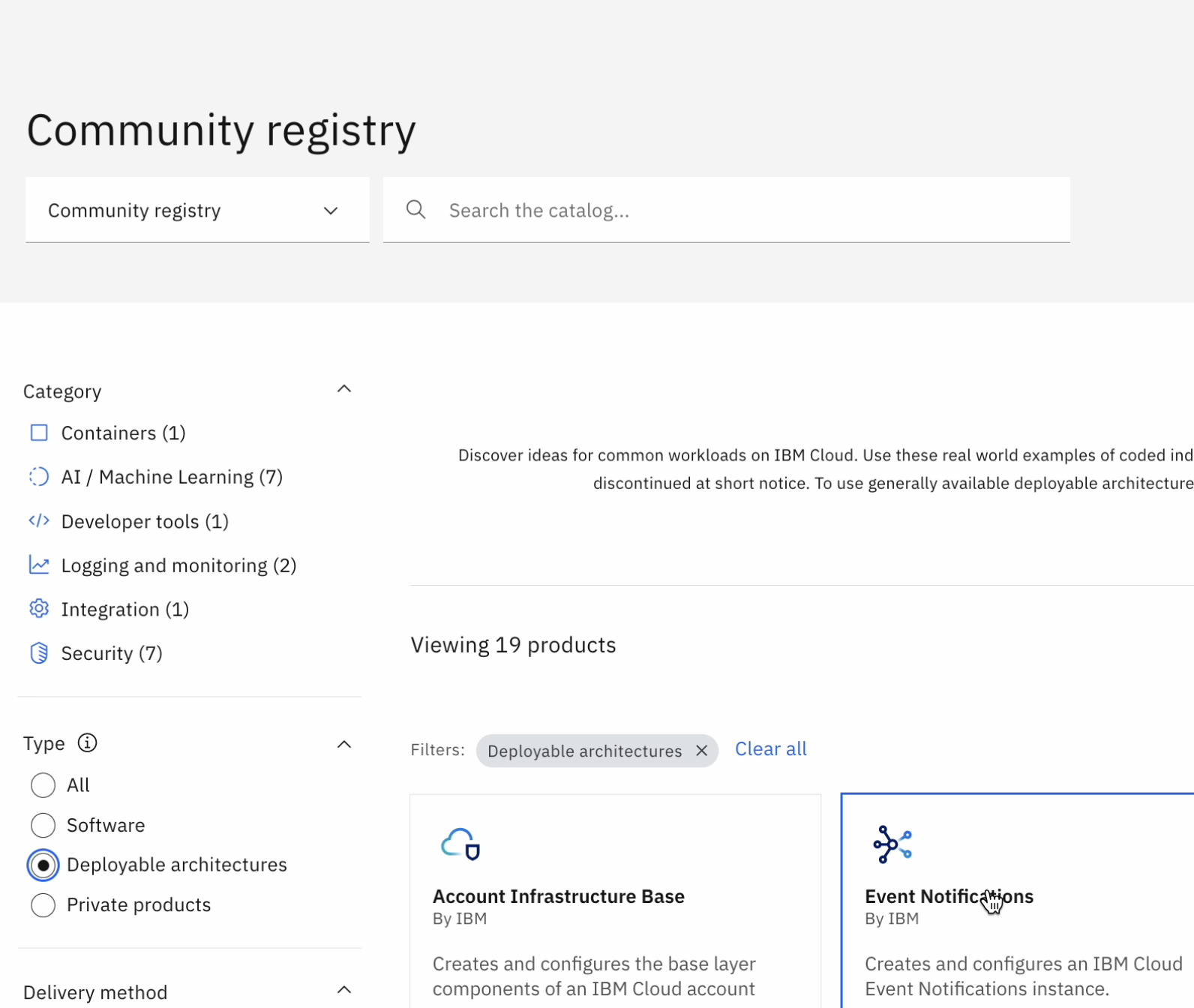
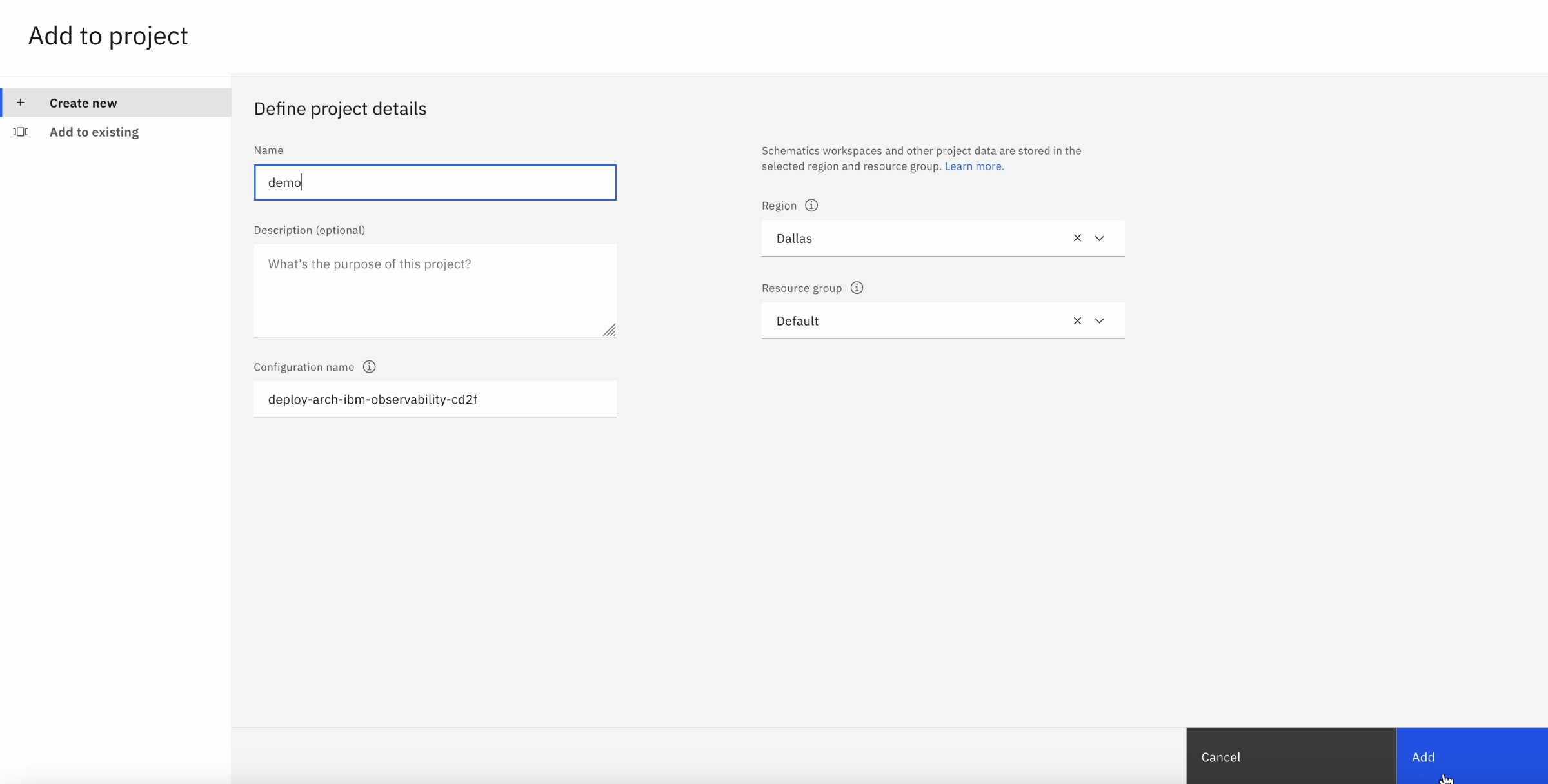
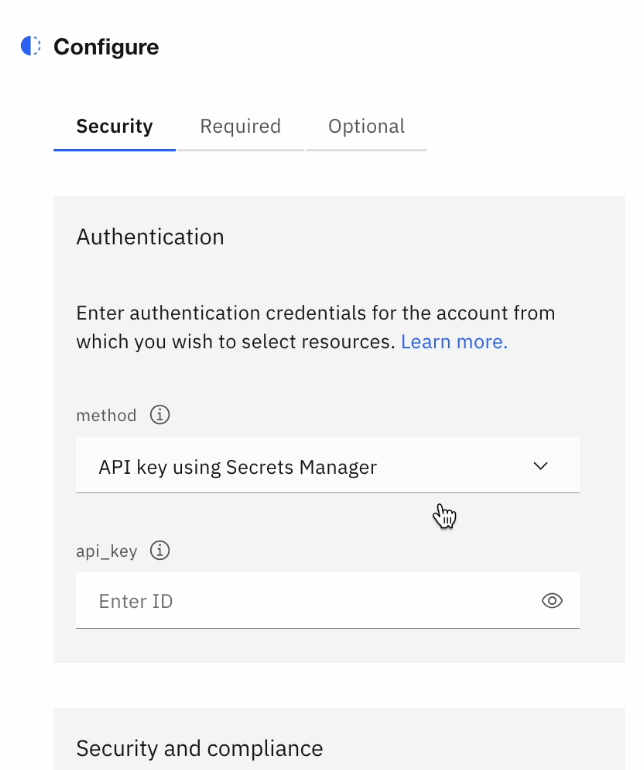
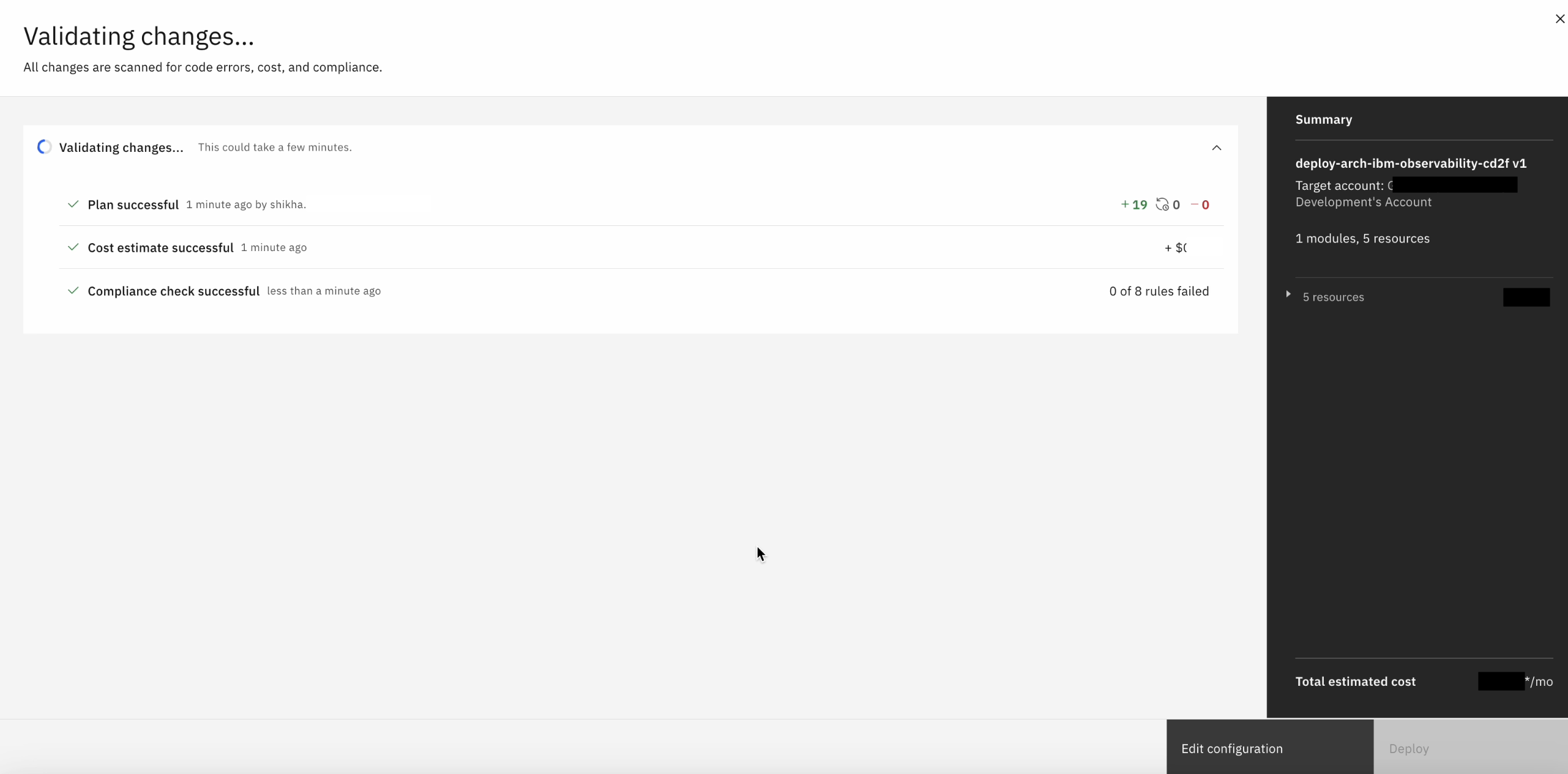
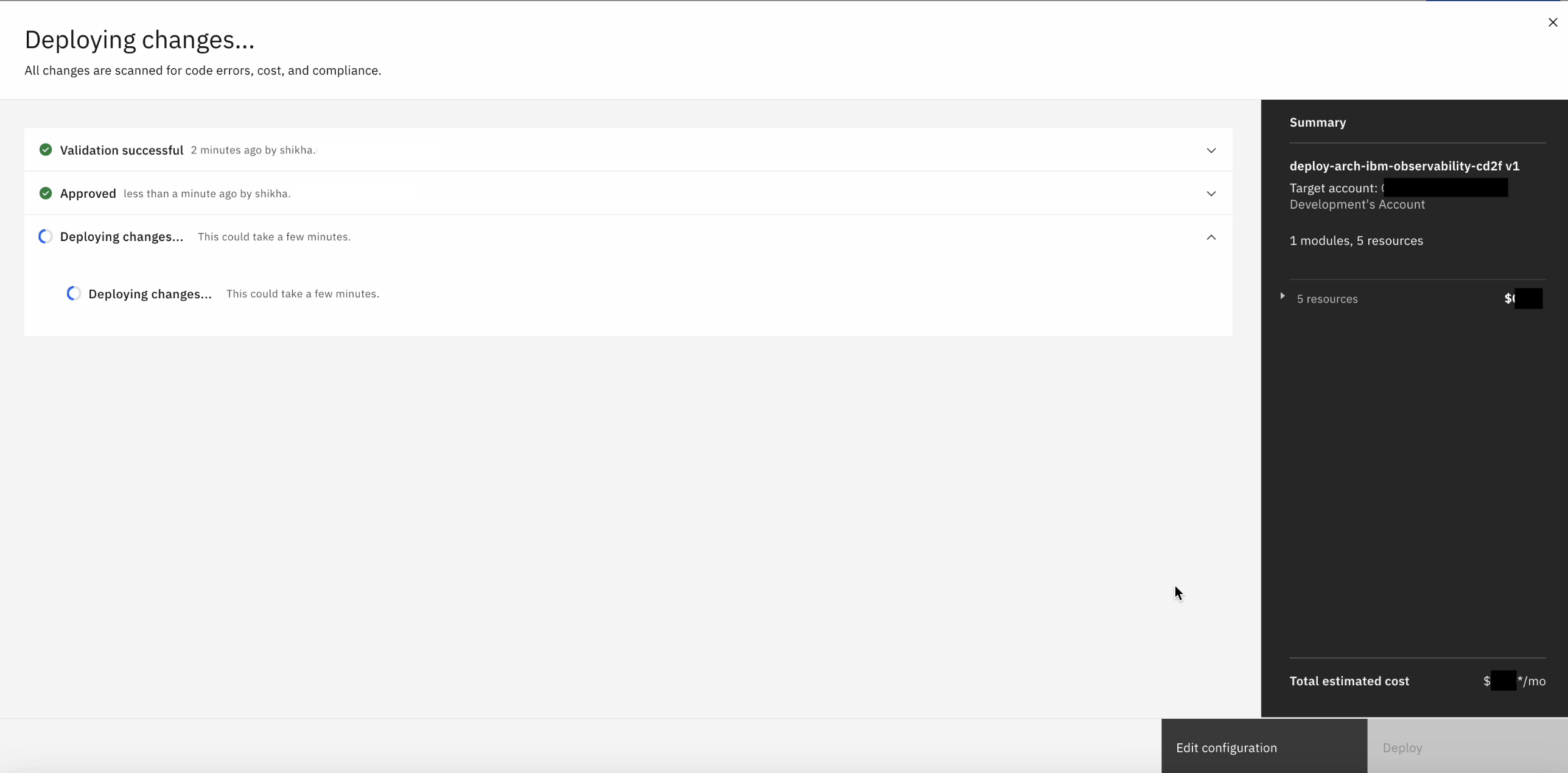
Comments